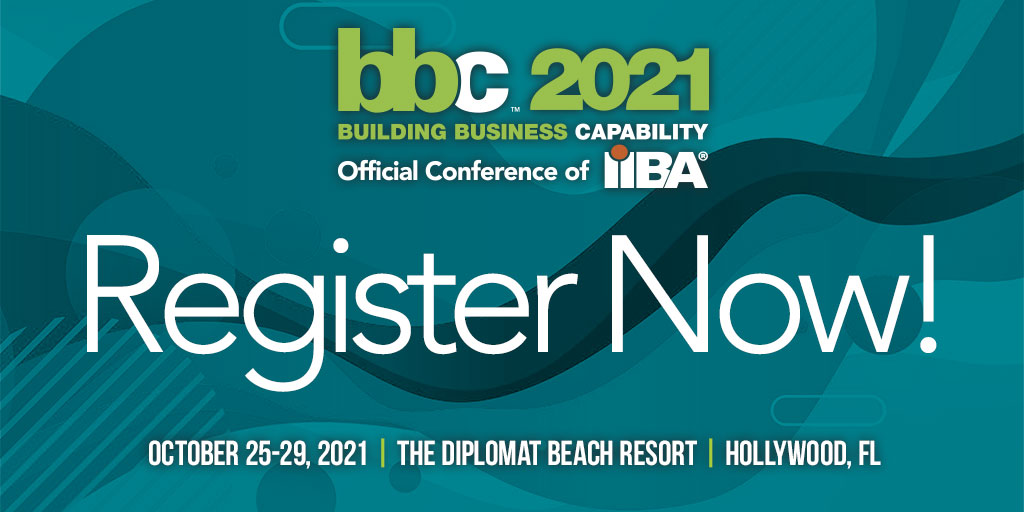BPMN MIWG live interoperability demo 2022
Would you like to see how different modelling and automation tool vendors interchange the BPMN diagrams? Or perhaps you are interested in extensions of the BPMN standard? You can’t miss the Object Management Group Meet & Greet event on March 21st 2022.



